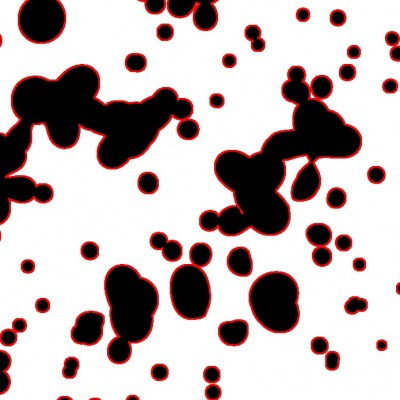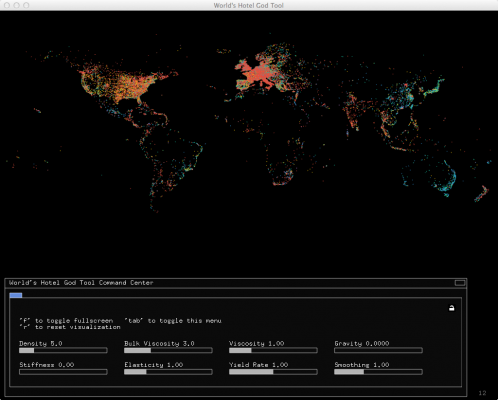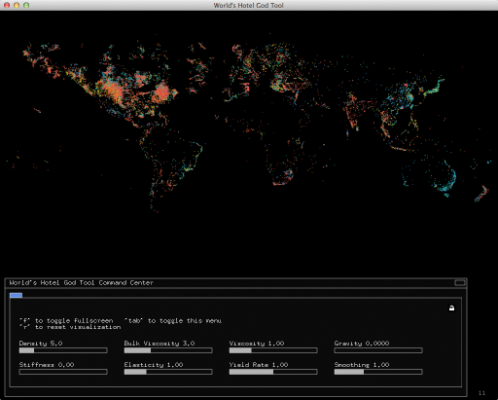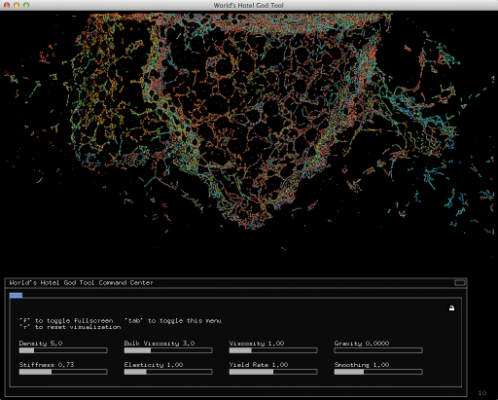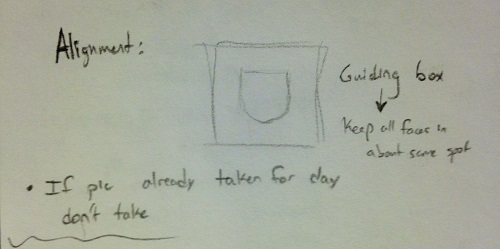In this project, I thought it would prove to be a good idea to use it as a dry test run/proof of concept towards my final project idea. Right now, for my final project I want to create a fully interactive stage. This will be centered around a pepper’s ghost stage, which will help augment reality even further creating a hologram-like experience for the viewer. The two Addons I used for this project where ofxLeapMotion and ofxSyphon.
ofxLeapmotion was a fun addon to play around with. It is also very powerful and full of potential. The one thing I did find out though is that it is very sensitive. Sometimes it thinks it sees a hand when there shouldn’t be one in its view, and sometimes it just creates a ghost for no reason. BUT besides all of that, It proved to very fun and powerful once I learned how to use it more in a performance like test.
The second addon, Syphon, was a must-learn for me. This is due to our projection mapping software of choice in the Media Department relies heavily on Syphon inputs. I figured if I was going to code anything for the theatre, it would eventually need to be able to output to other programs in an efficient way. So I thought this was the best time to go ahead an learn it!

This project consisted of me using the LEAP to control a custom 3D object (I made a 3D model of this year’s School of Drama Centennial 100 Logo) in 3D space while outputting through Syphon to be projection mapped using Millumin (our mapping software of choice in the department). This was then sent out to be projected onto the ground, to be caught into the reflection of the Pepper’s Ghost stage to create a hologram like object floating around my body. In the end, I decided to make a fun tango for the occasion using the 3D object as my dancing partner! I had a lot of fun (maybe a little to much… nah, never to much) with this project and learned a ton while doing it!
LINK to my Github Rep:
https://github.com/kdloney/LEAP_PeppersGhost





